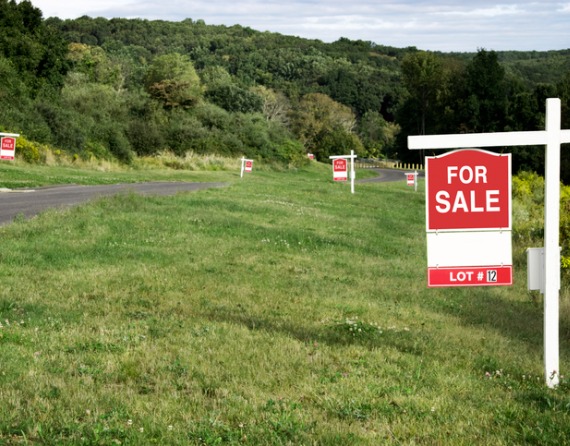
Landowners with significant property acreage and no plans for construction might consider selling that land for profit! However, selling a large portion of land can be challenging, as fewer buyers are willing to purchase. In such scenarios, landowners have subdivided their land and sold it off in parts. While this can be an effective strategy for your property sale, subdividing land can backfire if not done correctly. Thankfully, Austin Engineering understands the dos and don’ts of land subdivision. Here’s what you need to know about subdivision and a few tips on how to best manage the division of your property.
As already mentioned, the idea of selling multiple, smaller pieces of property can be easier than selling one large parcel of land. Truthfully, it all depends on the current trends of your local real estate market. If contractors or those interested in land ownership have been snatching up land for residential construction, you’re in luck!
Additionally, you might consider land subdivision if it means making more money from property sales. While land value will stay relatively the same before and after division, individual pieces of property can be negotiated differently. The parts of your land can be more valuable than the whole of your property itself!
Or, you might wish to subdivide your land because you have no use for all of it. Landowners who find themselves inheritors of their family farm might not know what to do with their newly acquired land. In another scenario, a homeowner might be sitting on a couple of acres of property but only requires half of it. It seems the obvious choice to separate and sell the portion of land you don’t wish to use.
Land subdivision might seem like your best option for selling land. However, zoning laws, property restrictions, and more can quickly complicate subdivision plans. There are more than a few horror stories where subdivision plans have fallen through, and landowners are left footing the bill. Thus, it’s crucial to ensure you perform due diligence before subdividing your land.
If there’s one piece of advice we can’t emphasize enough, it’s to ensure you have the support of a land development expert. Local real estate and property development requirements are already challenging enough to understand. At Austin Engineering, it’s our job to manage land development from inception to completion, subdivision being one part of this process.
Or, if interested in Austin Engineering’s other civil engineering, landscape design and property surveying services, contact us today. The first consultation for your proposed project is always free, with no obligation. We presently work with clients throughout the country, with offices in Peoria IL, Davenport IA, and Chattanooga TN.
Illinois:
311 SW Water St, Ste 215, Peoria, IL 61602
Phone: 309-204-0694
Iowa:
220 Emerson Place, Ste 101-A, Davenport, IA 52801
Phone: 563-207-4605
Tennessee:
2115 Stein Dr, Ste 207, Chattanooga, TN 37421
Phone: 423-379-2725